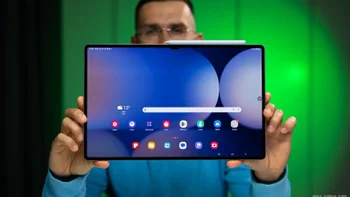Google brings brings Gemini AI to teen students in over 100 countries

Image credit — Google

The above video is what will be shown to students when they're first given access to Gemini, teaching them how to use it responsibly
- Gemini: Chatbot that can help students learn in a variety of ways.
- Read Along in Classroom: Helps students improve their reading skills.
- Google Classroom: Makes it easier for teachers to create and deliver lessons.
- Google Vids: Helps students create engaging videos.
- Media literacy curriculum: Helps students learn how to navigate the internet safely and responsibly.
An example of how Gemini will help users in the classroom
Google says it is also committed to helping students stay safe online. As a result, the company has developed a new media literacy curriculum, in partnership with leading experts like the National Association of Media Literacy Education (NAMLE), that helps students learn how to navigate the internet safely and responsibly. This curriculum covers a wide range of topics, including how to identify credible sources of information, how to avoid online scams, and how to be respectful of others online.
Google's new AI-powered tools for education are a promising step forward in the use of technology to improve learning, and have the potential to make a real difference in the lives of students around the world. It is kind of amazing how much information is available to students now right at their fingerprints. The only challenge now is to ensure that these tools are used properly and fairly.
Follow us on Google News










Things that are NOT allowed:
To help keep our community safe and free from spam, we apply temporary limits to newly created accounts: